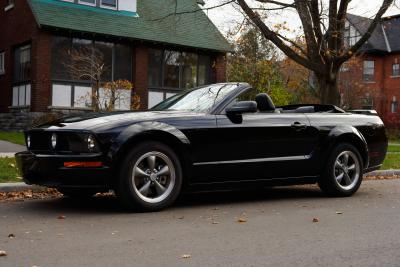
Coil spring spacers are more versatile than they might seem at first glance, capable of both altering a vehicle's ride height and changing its handling characteristics. A number of variables can dictate exactly how the spacers affect your car: the type -- ring or block -- the material and, perhaps most importantly, the spacer's location in or above the coil spring.
Steel ring spacers placed above or below the spring are one of the simplest and most effective ways to fine-tune a vehicle's ride height without changing the spring itself. Steel spacer donuts -- which can vary in thickness from 1/4-inch to three inches or more -- move the spring farther away from the chassis or control arm, increasing the ride height by exactly the thickness of the spacer. Spacers of this type can be a useful tool for racers, who may opt to install the shortest possible spring and then fine-tune ride height with spacers.
Rubber coil spacers are similar to steel units but have an entirely different purpose and set of limitations. Rubber coil spacers placed above or below the spring do affect ride height, but the fact that they compress means that the lift isn't completely linear to the thickness of the spacer. Rubber spacers may be used by themselves or in conjunction with steel spacers. The rubber spacer's primary purpose, apart from altering ride height, is to enhance ride quality by absorbing shocks and vibrations before they make it through the spring and into the chassis.
Ring-type rubber spacers can also be placed between a pair of coils to alter the spring's compression characteristics. Most modern automotive springs are progressive, meaning that they're soft for the first few inches of travel and then get stiffer as they compress. Sliding a rubber spacer between a pair of the softer coils will stiffen them, effectively increasing spring rate. This increased spring rate will sharpen handling response and reduce body roll, albeit at the expense of some suspension travel and ride comfort.
There's another type of coil spring spacer out there; you can think of it as a short section of a ring-type spacer, one designed specifically to go between the coils to augment spring rate. These block spacers come in steel and polyurethane -- which completely eliminates the coils' relative movement -- and rubber, which adds a bit of spring rate to the coils. Rubber block-type spacers are a precise way to tune spring rate because you can use multiple spacers of varying firmness throughout the coil. The tradeoff with a steel or hard rubber block is a reduction in suspension travel, but softer ones may compress enough to minimize this effect.